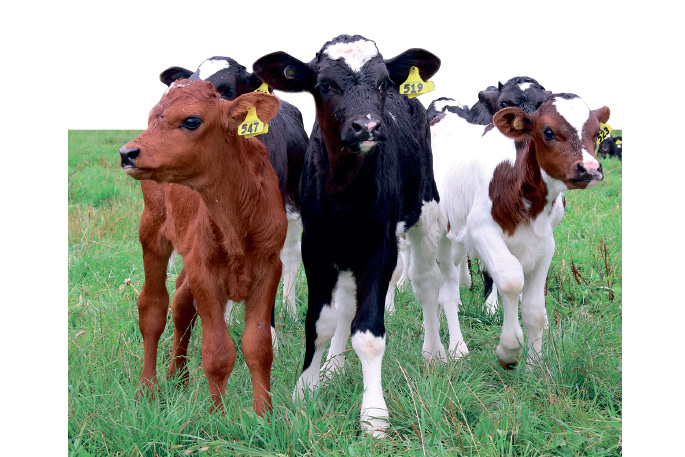As October 1 marked a major change to dealing with pain management in livestock – now farmers, vets and contract disbudders are legally required to ensure they use a local anaesthetic when disbudding calves.
The legislation also puts New Zealand at the leading edge of animal welfare through recognition that animals’ pain experiences are real.
On a ‘pain scale’ the common practice of disbudding ranks as one of the most painful routine procedures performed on farms throughout NZ, says Boehringer Ingelheim Animal Health NZ technical veterinarian James Laidlaw.
He says pain and stress research has revealed use of a local anaesthetic does not sufficiently manage the level of stress disbudding creates for calves.
“One aspect of the initial pain response can be measured by looking at a stress hormone, called cortisol, in the blood and this peaks at around 30 minutes following disbudding.
“Following this there is an ‘inflammatory’ phase where cortisol levels remain elevated for approximately seven-eight hours.
Combining a local anaesthetic with a non-steroidal anti-inflammatory pain relief treatment when disbudding has proven the two treatments used together can have a highly positive impact in reducing the amount of pain the animal experiences overall, says James.
“Use of the non-steroidal treatment helps mitigate the inflammatory pain that comes some hours after the initial procedure.”
James believes a better understanding of pain in animals would help farmers to appreciate the timelines that animals can experience pain and stress following a procedure.
“In the case of disbudding that’s been shown to extend anywhere from a couple of days to three weeks afterwards, depending on the outcomes measured – that’s significantly longer than the two-three hours the local anaesthetic nerve blocks last.”
Timing of administering pain treatments can also impact how effectively pain is managed after a procedure, says James.
“Typically, pain management treatments always work better if given prior to treatment.”
James says research shows the drug meloxicam is one of the most effective at dealing with inflammatory pain, helping to manage and minimise pain for up to three days after a single injection.
“It is with good reason that Boehringer Ingelheim Animal Health’s meloxicam drug Metacam 20 was the first product in NZ to develop a label claim for use at disbudding.
“Studies looking at Metacam 20 globally show a single injection 10 minutes prior to disbudding can provide genuine long-term pain relief for calves, having a significant impact on their recovery.
“Recognising the level of pain such a procedure can cause, and having the tools to deal with it for a repetitive seasonal task, means Kiwi farmers can be proud of taking the lead in best practice for a big animal welfare issue,” says James.



0 Comments
Leave a Comment